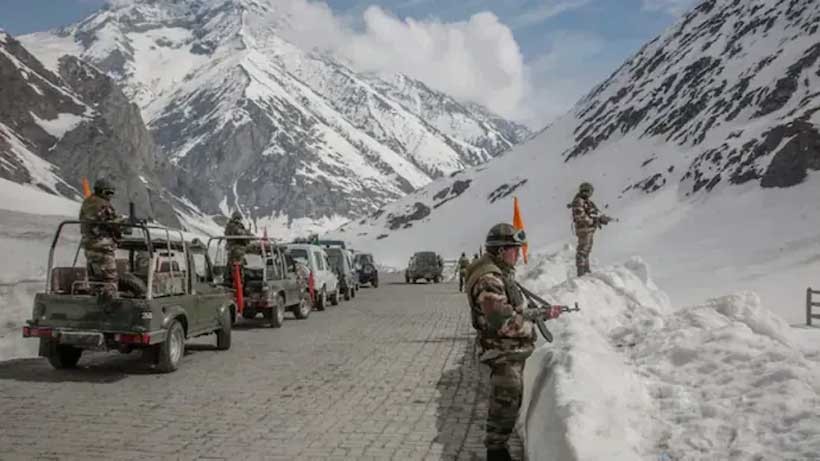China and India agreed on Wednesday to advance efforts in easing their long-standing border tensions as both nations resumed formal high-level dialogue after a five-year hiatus.
As per the reports of Leaders team sources, the meeting in Beijing between Chinese Foreign Minister Wang Yi and India’s National Security Adviser Ajit Doval marked their first formal discussion as special representatives on border issues since late 2019. The talks come after the two nuclear-armed neighbors reached an October agreement on military disengagement and patrolling arrangements along contentious sections of their border, where a deadly clash in 2020 led to heightened tensions.
In a statement, China’s Foreign Ministry highlighted the commitment of both sides to pursue “fair, reasonable, and acceptable” solutions to their border dispute. Wang and Doval agreed to implement the recent disengagement agreement while emphasizing the importance of preventing border issues from undermining broader bilateral relations.
“Both sides agreed to continue taking measures to maintain peace and tranquility in the border areas and to promote the healthy and stable development of bilateral relations,” the Chinese statement read.
According to the sources of Leaders team, the talks also covered strengthening cross-border interactions, including resuming trips by Indian pilgrims to Tibet, cooperation on shared rivers, and border trade through the Nathula pass in India’s Sikkim state. India’s Foreign Ministry confirmed the discussions and noted the emphasis on ensuring peaceful conditions to allow normal development of ties.
Renewed Efforts for Stability

Tensions between the two countries escalated in June 2020 after a violent confrontation in the Galwan Valley left at least 20 Indian soldiers and four Chinese soldiers dead—the first fatalities in their border conflict in over four decades. Since then, both nations have maintained a substantial military presence along the disputed Line of Actual Control (LAC), a 2,100-mile (3,379-kilometer) border that remains undefined and a source of friction since their 1962 war.
Efforts to de-escalate have included multiple rounds of border talks. However, challenges persist, including the establishment of buffer zones in previously patrolled areas. The October border patrol agreement, reached ahead of a BRICS summit meeting between Chinese President Xi Jinping and Indian Prime Minister Narendra Modi, is viewed as a step forward in reducing hostilities.
During Wednesday’s meeting, Wang described the resumption of dialogue as a “hard-won” achievement and a significant step toward implementing the consensus reached by Xi and Modi. He reiterated the leaders’ strategic vision for fostering stronger China-India relations.
Looking Forward
As part of broader efforts to rebuild ties, China has been engaging diplomatically with various nations, including India. While tensions remain, the renewed dialogue is seen as a positive step toward stabilizing relations and managing their shared border challenges.
By addressing historical tensions and fostering cooperation, both countries signal a willingness to recalibrate their relationship and pursue long-term peace in the region.









